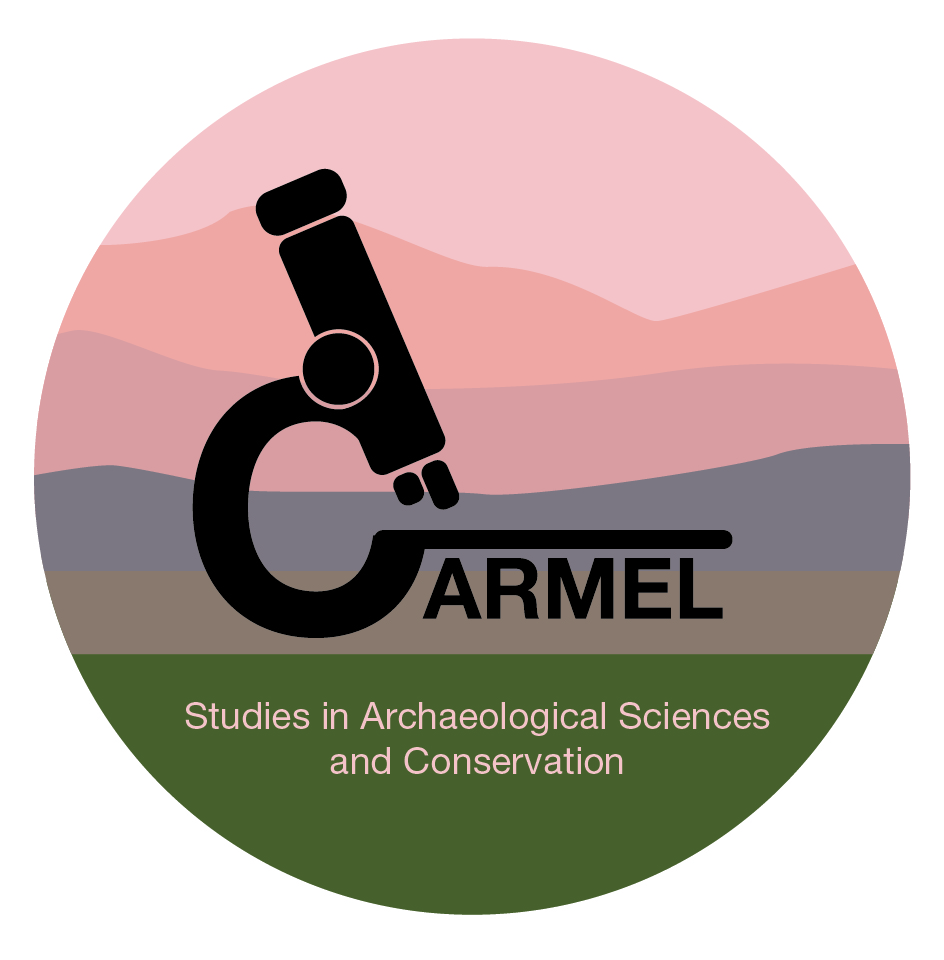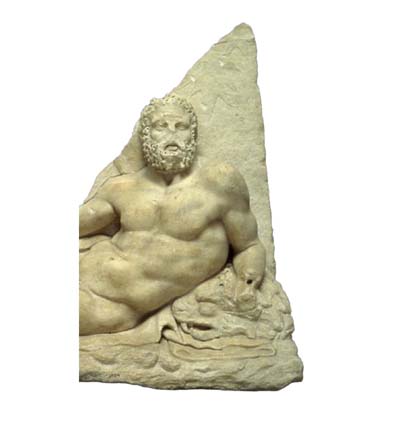Découvrez la Rome antique comme jamais auparavant ! Ce guide exceptionnel vous plonge au cœur de l’histoire à l’aide de deux trésors uniques de l’université de Caen Normandie : une imposante maquette en plâtre de 70 m², réalisée au début du XXe siècle par l’architecte Paul Bigot, et un modèle virtuel interactif.
Que vous vous trouviez devant la maquette, en visite sur les sites archéologiques ou confortablement installé chez vous, laissez-vous transporter à travers les rues et les quartiers de cette mégapole antique grâce à une exploration immersive et détaillée.
Entièrement refondue et enrichie, cette nouvelle édition vous offre 32 notices inédites et 100 illustrations supplémentaires, ainsi que de nouvelles cartes pour une compréhension et immersion approfondies. Scannez les QR codes au début de chaque notice pour accéder à des bibliographies constamment mises à jour et visionner des vidéos fascinantes produites lors des Nocturnes du Plan de Rome.
Accessible à tous, du collégien au chercheur, du touriste curieux à l’amateur passionné, ce guide est l’outil parfait pour explorer et comprendre la grandeur de la Rome antique. Rejoignez-nous pour un voyage inoubliable à travers le temps !
. Les autres éléments (illustrations, fichiers annexes importés) sont « Tous droits réservés », sauf mention contraire.
Le texte seul est utilisable sous licence Creative Commons - Attribution - Pas d'Utilisation Commerciale - Pas de Modification 4.0 International - CC BY-NC-ND 4.0
Éditeur : Presses universitaires de Caen
Lieu d’édition : Caen
Publication sur OpenEdition Books : 20 décembre 2024
ISBN numérique : 978-2-38185-264-5
DOI : 10.4000/12z3f
Collection : Instrumenta
Année d’édition : 2024
ISBN (Édition imprimée) : 978-2-38185-250-8
Nombre de pages : 384
Philippe Fleury
Introduction





















